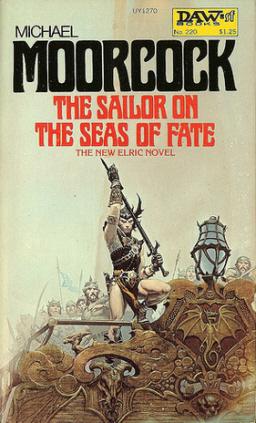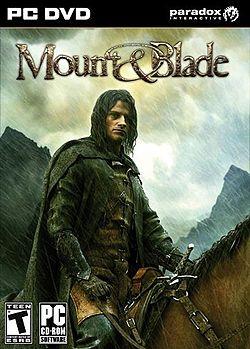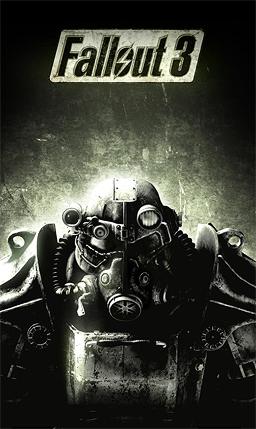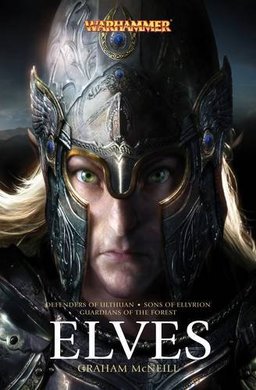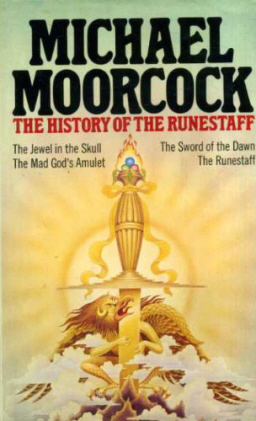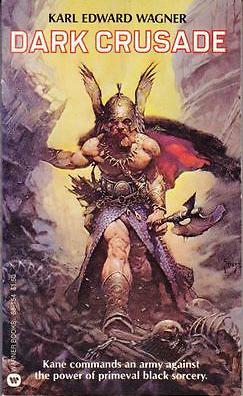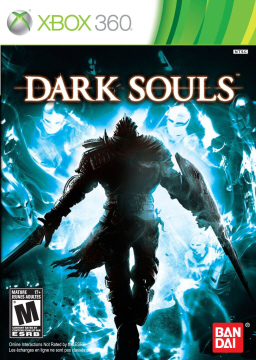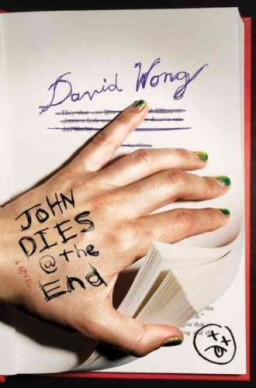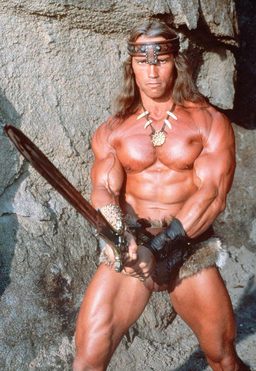An Intoxicating Blend of Steampunk and Gothic: Jeff Vandermeer’s City of Saints and Madmen
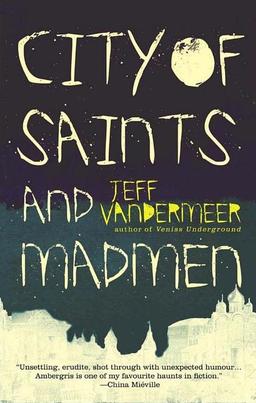 There I was, quite happily dawdling through life, free of all unhealthy obsessions, more or less content, sleeping, eating, breathing and only occasionally contemplating suicide all without a care in the world. How can I, innocent young boy that I am, be blamed for not knowing what I was getting into when I saw City of Saints and Madmen languishing on the shelf of my local Waterstones, its nondescript, faintly pretentious cover standing out as slightly less nondescript and slightly more pretentious then all the book covers, how can I be blamed if, eager to seem like the haughty intellectual I think I am, I picked it up, plopped it on the counter and handed over the criminal £10.99? I was ignorant, I was foolish, I was young and naive and romantic. I was just trying something new, buying something on impulse because, let’s face it, my life is nothing if not a series of impulse purchases and suppressed subconscious truths like ‘Connor, maybe you shouldn’t jam that entire screwdriver down your throat.’ Don’t get me wrong, though, I don’t regret buying City of Saints And Madmen — it’s the big dog’s biscuit — it’s just that it’s too good; I’m a busy guy, you know? All this saving the world from the Neo-Nazis on the moon and wrestling bears and kissing pretty girls (right on the lips, too!) is pretty time consuming stuff — I just don’t have the time to sit and grow increasingly obsessed with ridiculously good books like this. It’s just not feasible. But I did, anyway. And I loved it.
There I was, quite happily dawdling through life, free of all unhealthy obsessions, more or less content, sleeping, eating, breathing and only occasionally contemplating suicide all without a care in the world. How can I, innocent young boy that I am, be blamed for not knowing what I was getting into when I saw City of Saints and Madmen languishing on the shelf of my local Waterstones, its nondescript, faintly pretentious cover standing out as slightly less nondescript and slightly more pretentious then all the book covers, how can I be blamed if, eager to seem like the haughty intellectual I think I am, I picked it up, plopped it on the counter and handed over the criminal £10.99? I was ignorant, I was foolish, I was young and naive and romantic. I was just trying something new, buying something on impulse because, let’s face it, my life is nothing if not a series of impulse purchases and suppressed subconscious truths like ‘Connor, maybe you shouldn’t jam that entire screwdriver down your throat.’ Don’t get me wrong, though, I don’t regret buying City of Saints And Madmen — it’s the big dog’s biscuit — it’s just that it’s too good; I’m a busy guy, you know? All this saving the world from the Neo-Nazis on the moon and wrestling bears and kissing pretty girls (right on the lips, too!) is pretty time consuming stuff — I just don’t have the time to sit and grow increasingly obsessed with ridiculously good books like this. It’s just not feasible. But I did, anyway. And I loved it.
How could you blame me, though? This book is beautiful. It’s this intoxicating blend of steampunk and gothic, the twisted and the strange, its equal parts romantic and surreal, decadent and utopic and as cynical as it is intangibly hopeful; it’s written with such indefatigable passion and energy that you can feel it sparking off the page, spilling out, breathlessly, into the room around you. It’s in the thick miasma of Vandermeer’s wonderful prose, the breathless detail of his lurid settings, the unrelenting weird of his twisted narrative. There are so many reasons you should read this book I don’t know quite where to start — it’s this huge, sprawling intimidating thing that excites on so many levels explaining it is like describing the Coliseum to a man with no eyes, and only the basest knowledge of human history.
